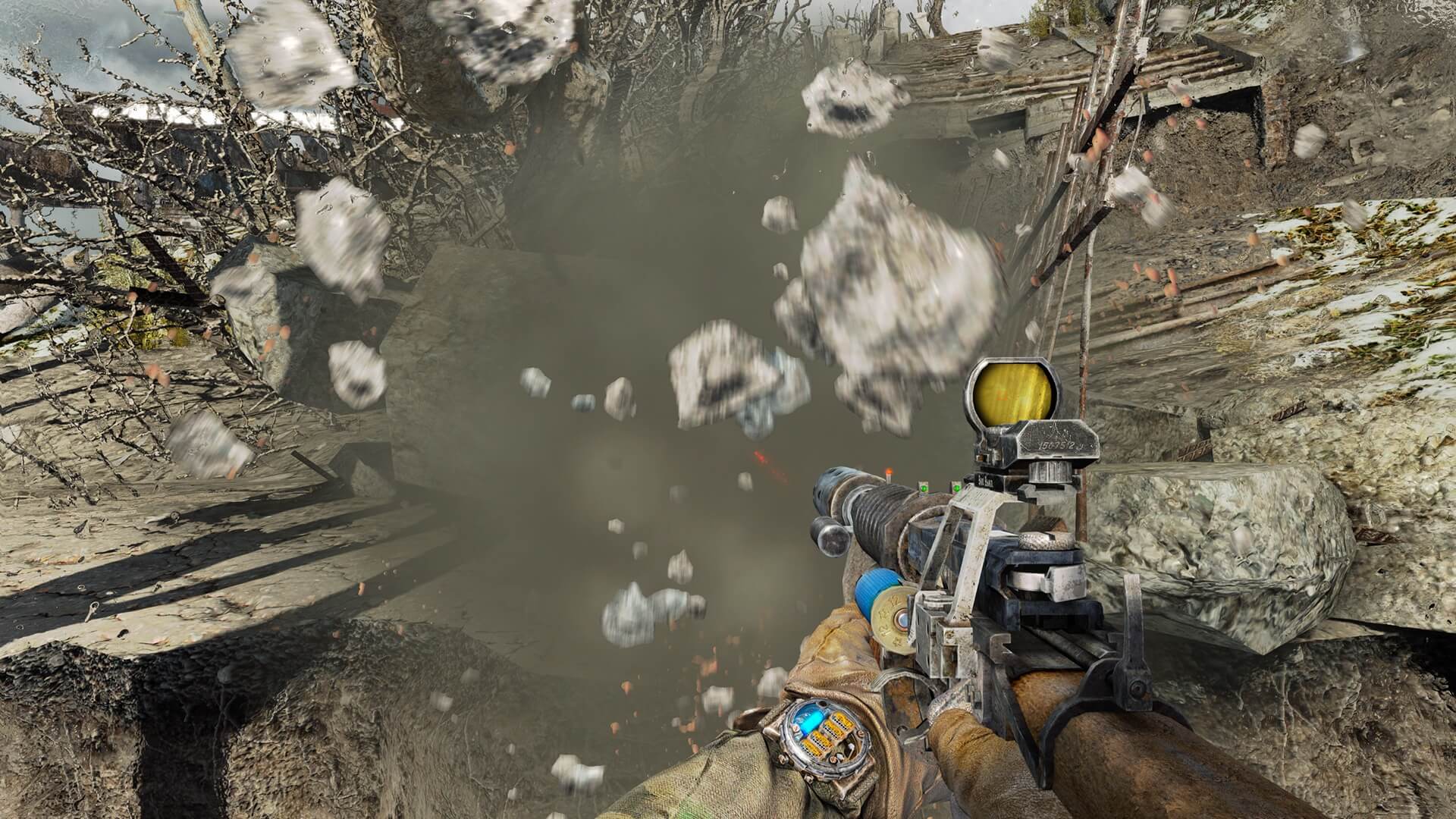VFX plays an undeniably crucial role in the creation of games. With the progression in innovation and individuals becoming accustomed to realistic VFX in games, it is becoming more critical that developers center around the component and the role of physics in VFX. In this era of video games, there is a ton of interest in authenticity in VFX. Any visualization that is made should be aligned with nature so as to be considered realistic.
Understanding Game Physics
In order to create FX in the game, firstly, you have to understand and have a full grip on the game physics aspect. In a simple sense, game physics means the computational rules used to find out about the behavior of an object in the game. This understanding of the object’s behavior leads to the creation of realistic physics-based VFX.
The game physics makes the virtual environment feel more original and authentic, whereas, without the proper game physics and visual effects in the game, you would feel that things are not in order and not feel that realism in the game. The lack of such realism is the reason for people’s lack of interest in some games most of the time. Game physics has some core principles like collision detection, the presence of rigid body dynamics and particle systems. These concepts are crucial for game developers to bring realism into the VFX.
The Building Blocks
In the process of creating FX, you have some of the major building blocks that are essential for their creation. Here is a list of these factors:
Particles, Forces, and Dynamics
Particles, forces and dynamics are the major building blocks in realistic VFX in games. Talking about each of the three one by one. The particles are the microscopic blocks of the VFX and are crucial in the overall process of VFX. They are simply used for making effects like raindrops, sparks and explosions. So, they are one of the important building blocks in VFX development.
Other major blocks are forces like gravity, the wind, and other factors leading to a realistic gaming world. In Dynamic simulation, particles interact with each other, and they create complex effects.
Balancing Realism and Artistic Interpretation
Another critical building block in the process of interactive VFX in games is finding the right balance between realism and artistic interpretation. Look, the artistic interpretation is usually not very realistic, but you cannot ignore the artistic aspect if you need a great VFX. Simultaneously, you really want realistic viewpoints in the VFX, so you should likewise look on the realistic side of the VFX.
Thus, as you can’t go on one side exclusively, you should attempt to find the balance between both of these things. There will be times when you need to go for the creative viewpoint, and at times, you want to stay on the realistic side, so you should have a suitable equilibrium.
VFX Artists Crafting Physics-Infused Visual Effects
Another building block in the process is the VFX artists that are capable of creating VFX physics simulation in video games. They are one of the main building blocks in the condition where the target is realistic VFX.
The Artists who are able to create physics-infused visual effects know how to create that balance that we have previously talked about in the paragraph above. They are capable of bringing simulation of physics in VFX into the real world of gaming, and at the same time, they don’t compromise on the artistic element of their work; thus, they are one of the major blocks in VFX creation, enhancing the gaming experience.
Optimizing Performance
Another building block in the creation of the realistic VFX is that the VFX that you are creating is capable of running smoothly on the various types of hardware configurations. This performance optimization is a major thing in VFX creation. Suppose you have created a wonderful VFX for a video game, but people are not able to get a feel of it because of the lack of optimization of their performance. So all things considered your persistent effort will be to no end. Subsequently, you should maintain your emphasis on the production of good VFX yet in addition, simultaneously, its performance.
Interactive VFX in Games
Apart from the creation of realistic VFX, they must also be interactive. Nowadays, gamers are more concerned about the game’s VFX if they do not offer interactive gameplay elements. In order to create these interactive VFX, the impact of physics in the process is profound. With the use of physics, you are able to create more realistic character movements, destructible environments, and dynamic reactions to the in-game events, and that can really increase the interactivity element in the game VFX.
Moreover, by using physics, you can craft the VFX such that it responds to the player’s action and that real-time changes give that responsiveness that gives an immersive gameplay experience to the gamers. And lastly, by understanding the role of physics in VFX for games, you can create the realistic effects. These VFXs help create the engagement of the players in the game, and thus, they also increase the interactivity element in the gameplay.
VFX Physics Simulation Tools
While we have talked a lot about the role of physics in VFX and how it helps in VFX creation, here, at last, we have some of the VFX physics simulation tools that game developers can use in order to incorporate physics in game’s VFX.
The simulation tools have the NVIDIA PhysX, Havok, and Unity’s built-in physics. All these are powerful tools you can use as a game developer to create VFX with a profound element of physics. Moreover, these tools are compatible with various game development platforms and thus are easier to use.
If you want to learn more about tools used to create special effects, check out VFX Tools that are used in games.


